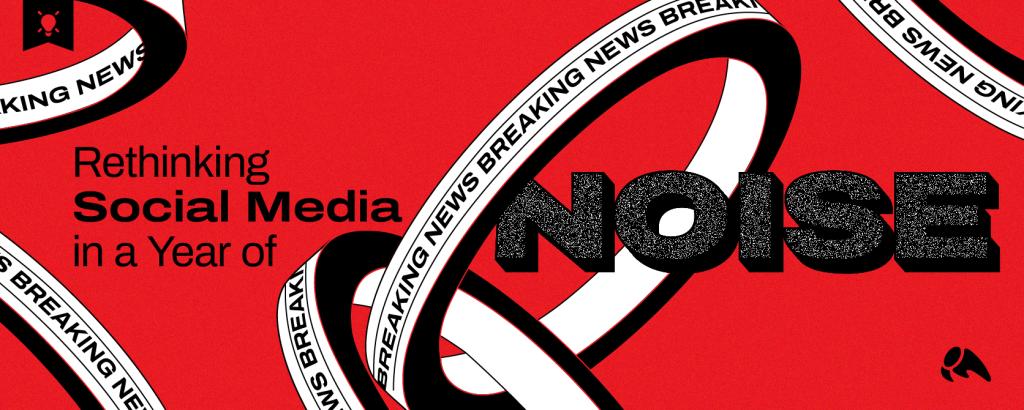As a well-rounded designer I have been tackling an age-old stereotype that has plagued Americans for years. The use of the color pink as a gender divider. Pink is so ingrained in us as a “girly” color that you may be surprised to hear the color pink didn’t start out as a color of the ladies, we made it so. Yes. Us.
It’s time to take it back.
Despite what mass-marketing would like you to believe, there weren’t any gender-based roles placed on the color pink when it first made its way onto the scene. In fact, according to Smithsonian, a 1918 article from Earnshaw’s Infants’ Department stated:
“The general accepted rule is pink for the boys, and blue for the girls. The reason is that pink, being a more decided and stronger color, is a more suitable for a boy, while blue, which is more delicate and dainty, is prettier for the girl.”
Pink was still favored for boys in 1927 when Time magazine printed a chart showing sex-appropriate colors for girls and boys according to leading stores. Six out of ten retailers favored the color pink for boys, including Filene’s in Boston and Best & Co. in New York City.
So what happened? Where did we jump the shark? It was in the 1940s when marketing companies and manufacturers decided pink was female and blue was male, thus creating the pink epidemic. But, as everyone knows you can’t post a flag on a color (or a man, according to the Real Housewives franchise) and call it yours. And things could have easily gone the other way.
Pink in 2013
As someone passionate about design, I decided to conduct my own study to see how prolific the pink gender divide still is in 2013. So I tested it out in public Anderson Cooper style. What did I do? I went and bought myself a pink shirt and wore it around the mall, careful to capture people’s looks or maybe even comments. Well, turns out, people clearly still take it upon themselves to open their mouths and make comments when they see a man wearing the color pink. [I was going to list out the names I was called while on my expedition but felt they were unnecessary and bullying. But know they were pretty gruesome.]
I can tell you this, if you’re a male in America wearing a pink shirt you’re considered to be wearing your sexuality on your sleeve… literally. But yet when you’re a woman in a black shirt does that make you a lesbian? I don’t see ladies getting nasty comments or people going out of their way to make it clear they don’t like your color choice.
Pink in Branding & Design
Even in the world of design many of the well-known companies using the color pink as a primary color are doing so as a way of marketing to women.
Like Victoria Secret.

Or Susan G. Komen

Surprise is on them, though, as gender-neutral ads for breast cancer generate double the results of women-targeted, pink-themed ads. Guess the ladies don’t like being marginalized either.
Other companies like Flickr or Dunkin’ Donuts may use the color pink, but balance it with another dominate color to avoid pink domination. However, even that didn’t stop Dunkin Donuts for taking heat over its color choice. Last summer, officials in Milford Township only approved the addition of a new Dunkin‘ Donuts drive-thru after changing its design to a more appropriate “colonial architectural style”.

Its original pink and orange colors were deemed to “frightening” and “shocking”. I don’t know about everyone else but I often have nightmares about being attacked by the pink Dribble logo or the pink “T” from the T-Mobile logo…. just me, no one else?
Okay then!
Whether for design or fashion, at the day you should choose the color you want and the color that best reflects your mood, your message or the feeling you’re trying to evoke. Screw the people thinking a color was brought here to attack the planet. A color is merely an emotional stance, not a way of ostracizing an individual or company merely because they chose the color pink.





